Glaciers To Sunny Shores
Better than new, Regatta is the flagship of the Oceania Cruises fleet and features a beautifully re-inspired ambiance. Each luxurious suite and stateroom is entirely new from floor to ceiling, including the bathrooms. Her decks are resplendent in the finest teak, custom stone and tile work, and her lounges, suites and staterooms showcase designer residential furnishings. Regatta offers four unique, open-seating restaurants, the Aquamar Spa + Vitality Center, eight lounges and bars, a casino and 333 tony suites and sleekly redefined staterooms, nearly 70% of which feature private verandas. With more than 400 crew to serve a maximum of 656 guests, it’s no wonder these small and luxurious ships are more than acclaimed – they are legendary.
The Miami-based cruise line - a subsidiary of Norwegian Cruise Line Holdings - offers seven small, luxurious ships that carry a maximum of 1,250 guests and feature the finest cuisine at sea and destination-rich itineraries that span the globe.
Expertly curated travel experiences aboard the designer-inspired, small ships call on more than 600 marquee and boutique ports in more than 100 countries on 7 continents on voyages that range from 7 to more than 200 days.
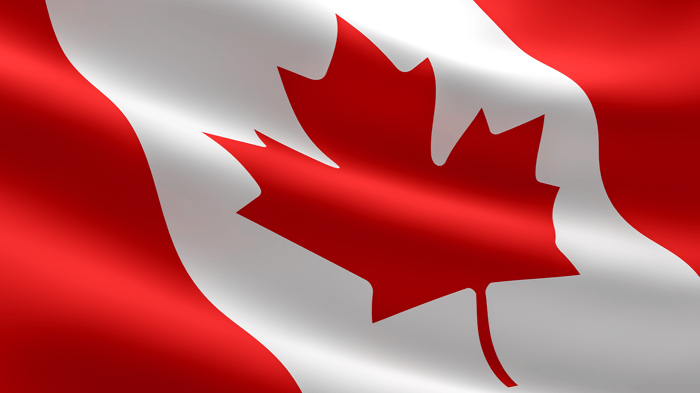

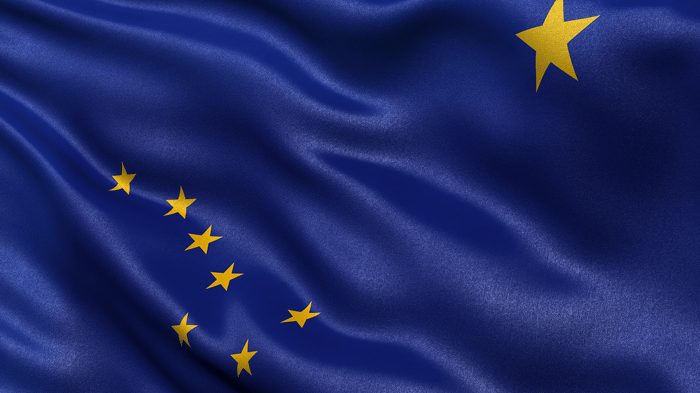








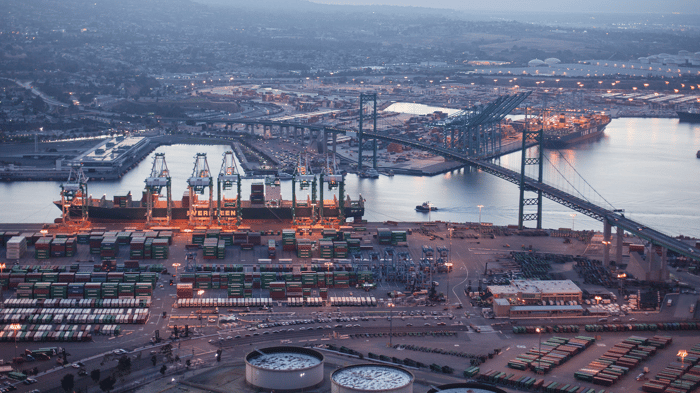
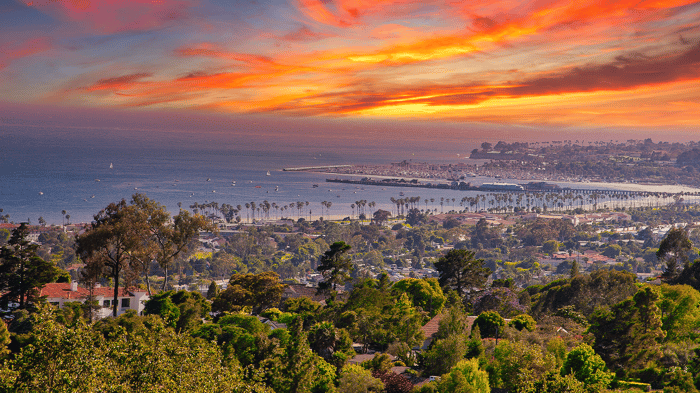

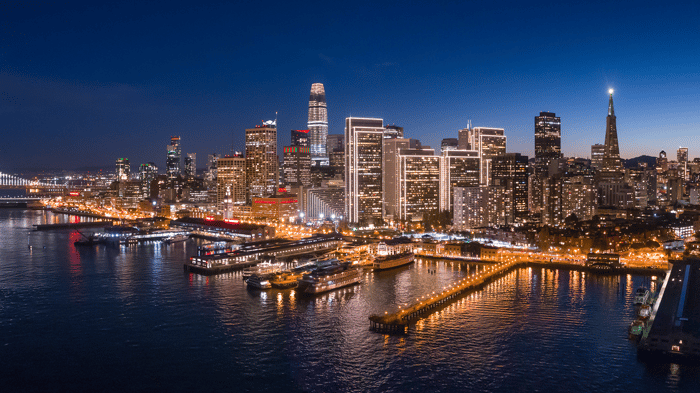




Better than new, Regatta is the flagship of the Oceania Cruises fleet and features a beautifully re-inspired ambiance. Each luxurious suite and stateroom is entirely new from floor to ceiling, including the bathrooms. Her decks are resplendent in the finest teak, custom stone and tile work, and her lounges, suites and staterooms showcase designer residential furnishings. Regatta offers four unique, open-seating restaurants, the Aquamar Spa + Vitality Center, eight lounges and bars, a casino and 333 tony suites and sleekly redefined staterooms, nearly 70% of which feature private verandas. With more than 400 crew to serve a maximum of 656 guests, it’s no wonder these small and luxurious ships are more than acclaimed – they are legendary.
